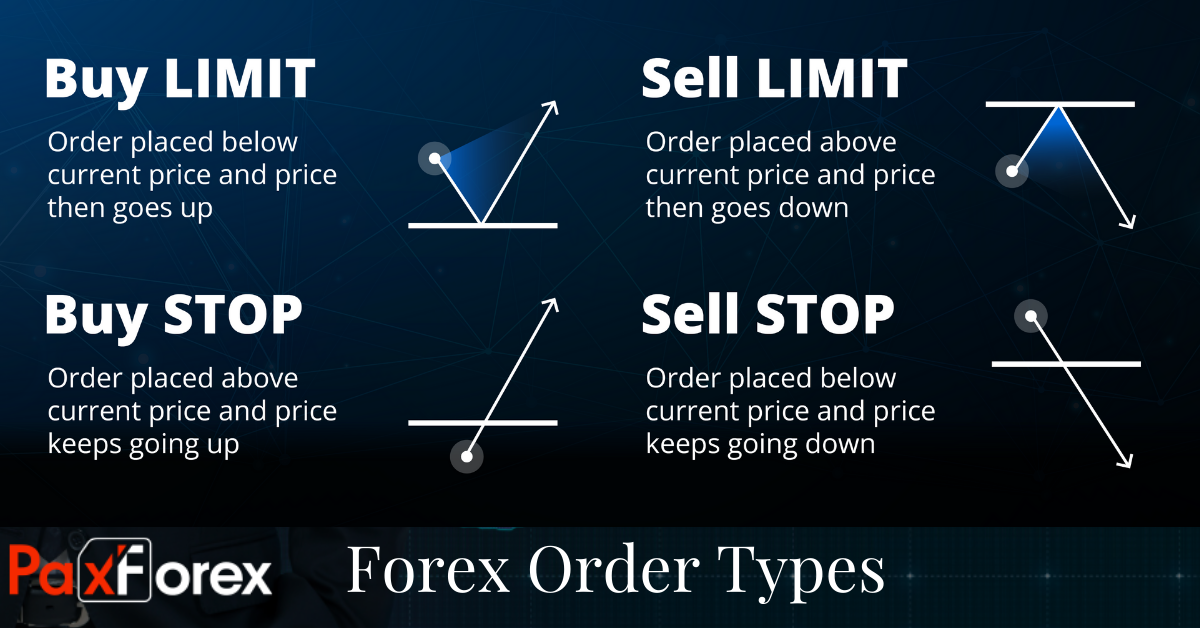
Traders have many tools at their disposal in order to trade the strategy of their choosing. These tools come in the way of different orders that allow the trader to enter and exit the market at their convenience. When you execute a trade in the forex market it is called an ‘order’, there are different order types and they can vary between brokers. All brokers provide some basic order types, there are other special order types that are not offered by all brokers though.
The number and types of currency trading orders that can be used with broker-dealers have expanded substantially in the past few years. Customer demand for more flexibility and trade execution options and competition have been the main driving forces. Broker-dealers, especially market makers, are happy to oblige, since a large palette of orders helps them manage their book. Orders can be further broken down into three primary categories of functionality - market (immediate execution), limit (pending execution), and stop (pending execution).
Orders are critical tools for any type of trader and should always be considered when executing against a trading strategy. Orders can be used to enter into a trade as well as, help protect profits and limit downside risk. Understanding the differences between the order types available can help you determine which orders best suit your needs and are best suited to help you to reach your trading goals.
Market Orders are orders that are executed live on the market at the current price. Limit Orders are typically orders used to exit the market in profit. If you are going long, the limit order will be above the market price, and if you are going short, the limit order will be below the market price. Stop Orders are also an exit order that will close your trade. Commonly referred to as a stop-loss order or protective stop orders, this type of order is intended to limit the amount of loss incurred by your trade.
Understanding different types of forex orders and their uses is an essential basic skill. Having a firm understanding of the different types of orders will enable you to use the right tools to achieve your intentions – how you want to enter the market (trade or fade), and how you are going to exit the market (profit and loss). While there may be other types of orders – market, stop and limit orders are the most common. Be comfortable using them because improper execution of orders can cost you money.







